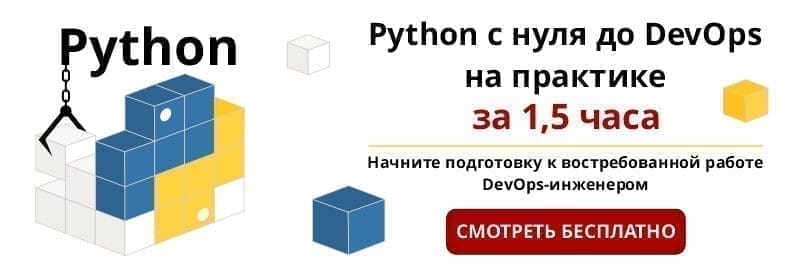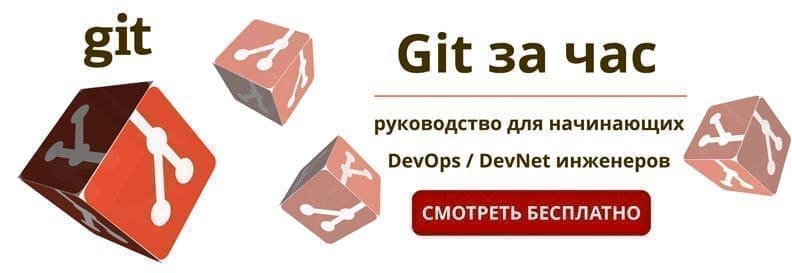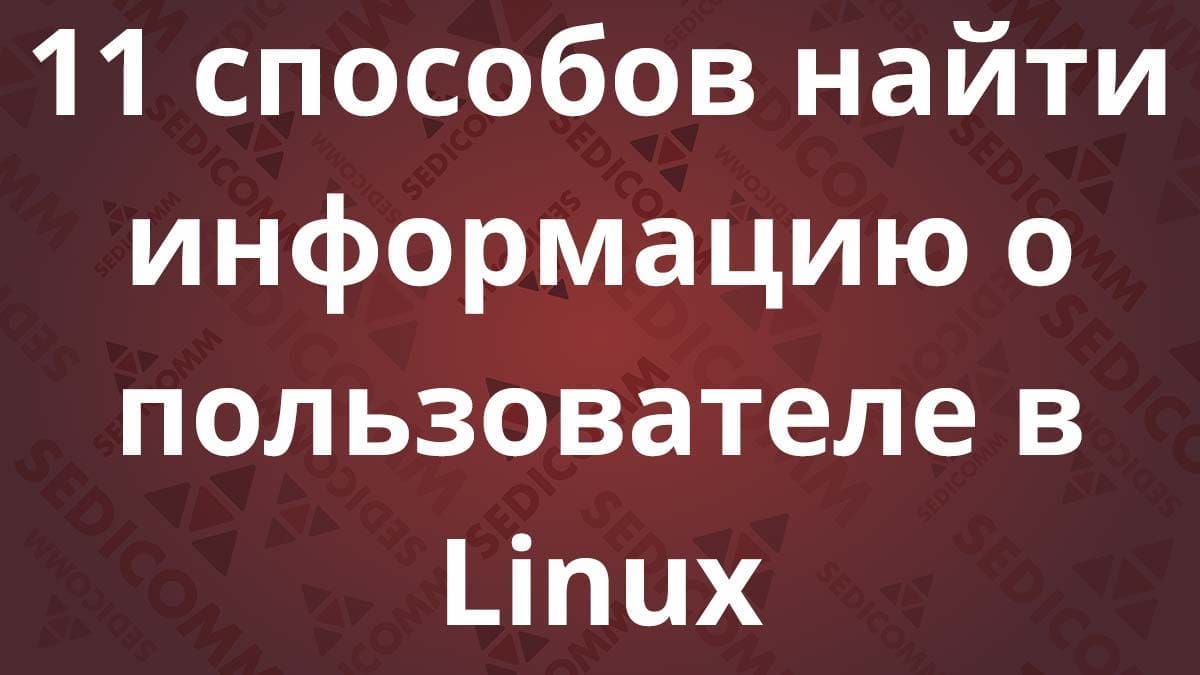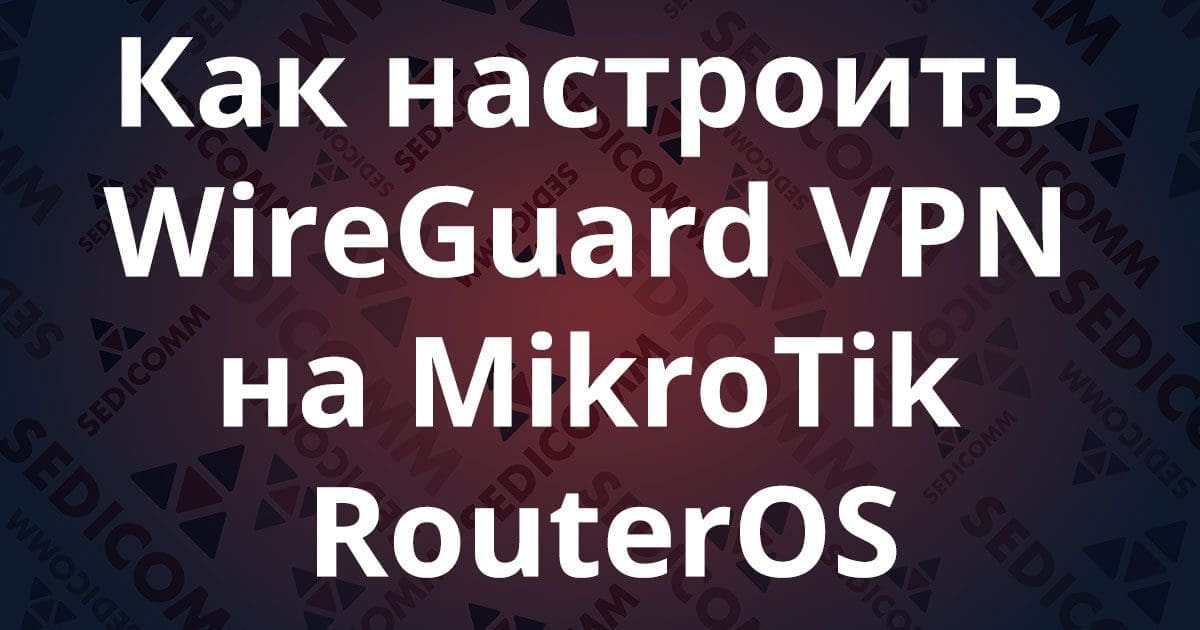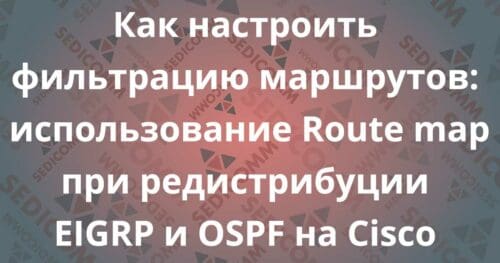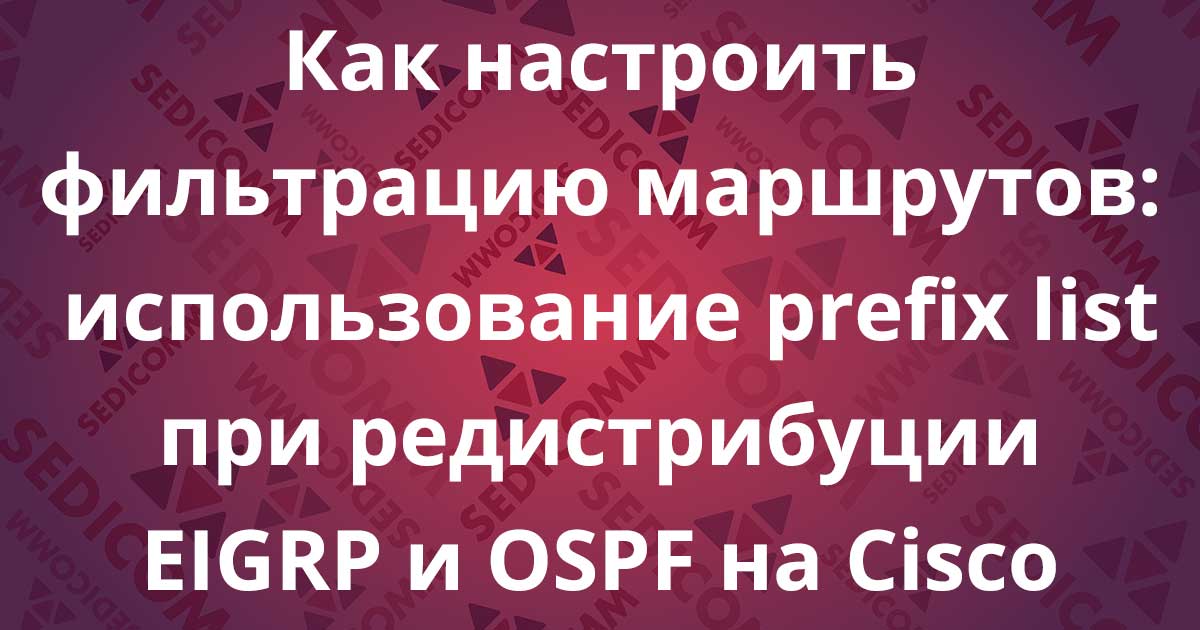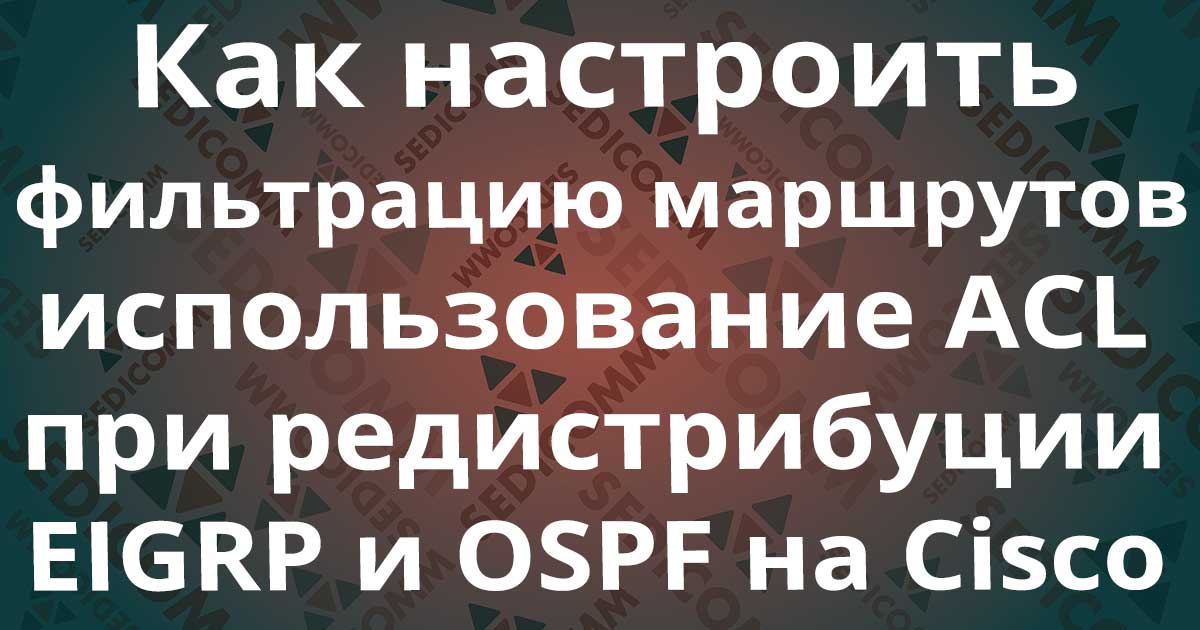I’d like to say «Hi» to all of us who are specifically involved in Cisco products.
As you know this brand became for us as the main concept of networking culture with the terms and conditions that are commonly used in variety of networking infrastructure.
Hereby I’d like to propose you to catch up the leading abbreviations and terms of standards, protocols and entire network infrastructure that would come in handy in your day-to-day experience. We will start from the «A»:
AAA — Authentication, authorization, and accounting. Related to TACACS+ and RADIUS.
ABR — Area Border Router. In OSPF, a router with interfaces in multiple areas.
ACE (Access Control Entry). Information entered into the configuration that lets you specify what type of traffic to permit or deny on an interface. By default, traffic that is not explicitly permitted is denied.
Access Modes — The security appliance CLI uses several command modes. The commands available in each mode vary. See also user EXEC mode, privileged EXEC mode, global configuration mode, command-specific configuration mode.
ACL (Access Control List). A collection of ACEs. An ACL lets you specify what type of traffic to allow on an interface. By default, traffic that is not explicitly permitted is denied. ACLs are usually applied to the interface which is the source of inbound traffic.
ActiveX — A set of object-oriented programming technologies and tools used to create mobile or portable programs. An ActiveX program is roughly equivalent to a Java applet.
Address translation — the translation of a network address and/or port to another network address/or port. See also IP address, interface PAT, NAT, PAT, Static PAT, xlate.
AES (Advanced Encryption Standard). A symmetric block cipher that can encrypt and decrypt information. The AES algorithm is capable of using cryptographic keys of 128, 192 and 256 bits to encrypt and decrypt data in blocks of 128 bits. See also DES.
AH (Authentication Header). An IP protocol (type 51) that can ensure data integrity, authentication, and replay detection. AH is embedded in the data to be protected (a full IP datagram, for example). AH can be used either by itself or with ESP. This is an older IPSec protocol that is less important in most networks than ESP. AH provides authentication services but does not provide encryption services. It is provided to ensure compatibility with IPSec peers that do not support ESP, which provides both authentication and encryption.
A record address — «A» stands for address, and refers to name-to-address mapped records in DNS.
APCF (Application Profile Customization Framework). Lets the security appliance handle non-standard applications so that they render correctly over a WebVPN connection.
ARP (Address Resolution Protocol). A low-level TCP/IP protocol that maps a hardware address, or MAC address, to an IP address. An example hardware address is 00:00:a6:00:01:ba. The first three groups of characters (00:00:a6) identify the manufacturer; the rest of the characters (00:01:ba) identify the system card. ARP is defined in RFC 826.
ASA (Adaptive Security Algorithm). Used by the security appliance to perform inspections. ASA allows one-way (inside to outside) connections without an explicit configuration for each internal system and application. See also inspection engine.
ASA — adaptive security appliance.
ASDM (Adaptive Security Device Manager). An application for managing and configuring a single security appliance.
Asymmetric encryption, also called public key systems, asymmetric encryption allows anyone to obtain access to the public key of anyone else. Once the public key is accessed, one can send an encrypted message to that person using the public key. See also encryption, public key.
Authentication. Cryptographic protocols and services that verify the identity of users and the integrity of data. One of the functions of the IPSec framework. Authentication establishes the integrity of datastream and ensures that it is not tampered with in transit. It also provides confirmation about the origin of the datastream. See also AAA, encryption, and VPN.
Auto Applet Download — automatically downloads the WebVPN port-forwarding applet when the user first logs in to WebVPN.
Auto-signon. This command provides a single sign-on method for WebVPN users. It passes the WebVPN login credentials (username and password) to internal servers for authentication using NTLM authentication, basic authentication, or both.
That’s all for now, but stick to our blog and you’ll get more about Cisco soon.
Kindly regards, Oleg.
Курсы Cisco, Linux, кибербезопасность, DevOps / DevNet, Python с трудоустройством!
- Поможем стать экспертом по сетевой инженерии, кибербезопасности, программируемым сетям и системам и получить международные сертификаты Cisco, Linux LPI, Python Institute.
- Предлагаем проверенную программу с лучшими учебниками от экспертов из Cisco Networking Academy, Linux Professional Institute и Python Institute, помощь сертифицированных инструкторов и личного куратора.
- Поможем с трудоустройством и стартом карьеры в сфере IT — 100% наших выпускников трудоустраиваются.
- Проведем вечерние онлайн-лекции на нашей платформе.
- Согласуем с вами удобное время для практик.
- Если хотите индивидуальный график — обсудим и реализуем.
- Личный куратор будет на связи, чтобы ответить на вопросы, проконсультировать и мотивировать придерживаться сроков сдачи экзаменов.
- Всем, кто боится потерять мотивацию и не закончить обучение, предложим общение с профессиональным коучем.
- отредактировать или создать с нуля резюме;
- подготовиться к техническим интервью;
- подготовиться к конкурсу на понравившуюся вакансию;
- устроиться на работу в Cisco по специальной программе. Наши студенты, которые уже работают там: жмите на #НашиВCisco Вконтакте, #НашиВCisco Facebook.



